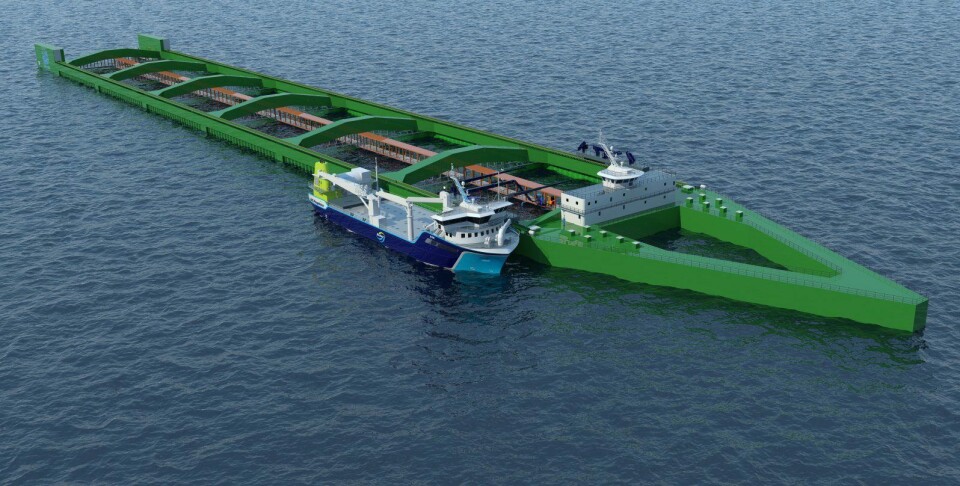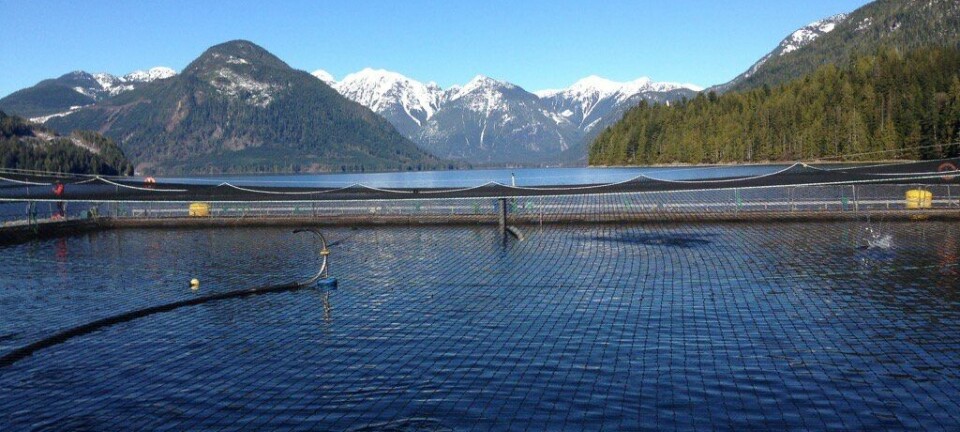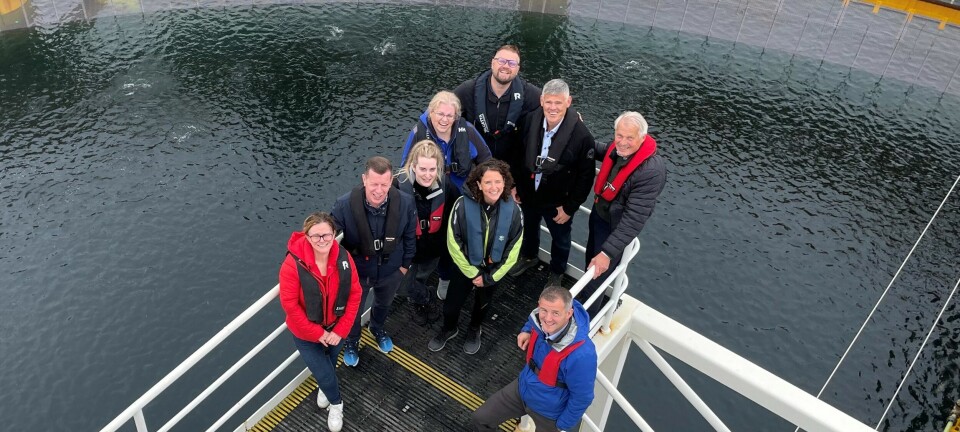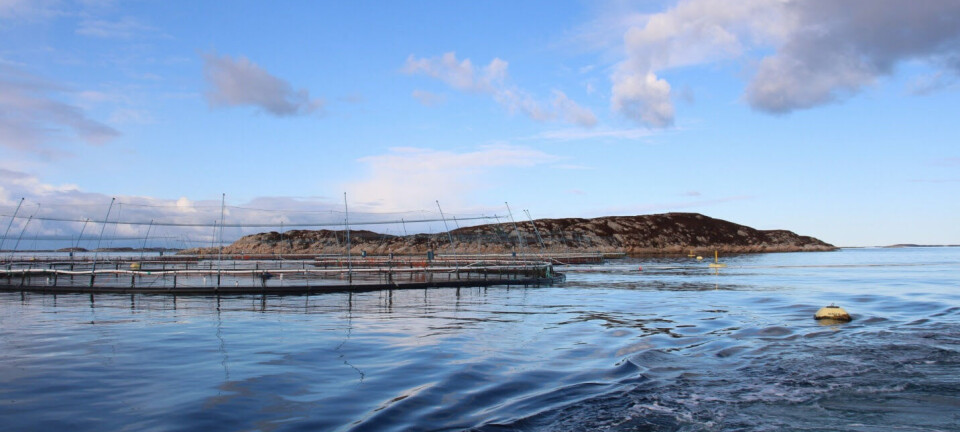
Economies of scale
NSK Ship Design has joined forces with the Norwegian salmon producer Nordlaks to design an offshore aquaculture “ship” that is being heralded as the possible beginning of a sustainable revolution in the fish farming industry.
The project to create a ship known as Havfarm (“Ocean Farm”) – 430 metres in length and 54 metres wide – began in June this year and the current design will be attached to the seafloor using technology employed by the offshore industry and aims to allow the aquaculture industry to be moved from the fjords to the open ocean.
If the project is completed, it will create the longest ship in the world – the world’s largest cruise ship is 360 metres long, while the longest aircraft carrier in the world, the USS Enterprise, is 342 metres long.
One Havfarm will be able to contain 10,000 tonnes of salmon – over 2 million fish. The facilities will be designed to withstand a significant wave height of ten metres, and can be raised by four metres during inclement weather. The ocean farm itself will include steel lice skirts stretching ten metres below sea level and will be constructed as a steel frame for six “cages” measuring 50 by 50 metres on the surface, with nets going to a depth of 60 metres.
“At the time Inge Berg from Nordlaks contacted us, we had previously been flirting with the idea of producing a larger construction from scratch. Berg came up with a very thorough idea of how to move from aquaculture pens to aquaculture ships in the open ocean,” says NSK’s sales manager Thomas Myhre.
A leader in their field
Nordlaks selected NSK Ship Design because they are a leading design firm that already has a strong presence in the aquaculture market. They design everything from sea pens to LNG-powered fish feed carriers and wellboats, and have managed major redesigns of existing ships as well.
“Our staff at Harstad have great expertise in the area of project management, and with both them and our engineering team at Archangel, we had the specialist expertise required to bring the idea to life. This was a unique chance to take a project from scratch to construction in conjunction with Nordlaks,” says Myhre.
From concept to application
Minister of Fisheries Elisabeth Aspaker and the Norwegian government announced free concessions for aquaculture businesses willing to make large investments into new technology in order to overcome the industry’s challenges with regard to environmental and space issues. Shortly after, the owner notified that Nordlaks had great plans in response to the government’s efforts, namely the Havfarm ships. Now Nordlaks is well underway in the process, and they have applied to build three ships, each of which will cost between 600-700 million NOK (£47-55 million).
“We’re hoping we can begin using the technology in 2017, if we are provided with development concessions to do this,” says Inge Berg.
NSK Ship Design finds it exciting that there are businesses willing to change the pace of the industry.
“Nordlaks is focused on creating sustainable solutions for its own production. For them it isn’t just about increase volume, getting control of the louse problem, but also the well-being of the salmon, and sustainable solutions. The Havfarm project raises the bar for what is possible in aquaculture, and we absolutely want to be a part of that,” says Myhre.























































